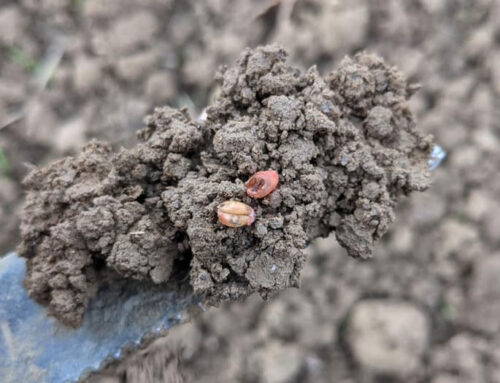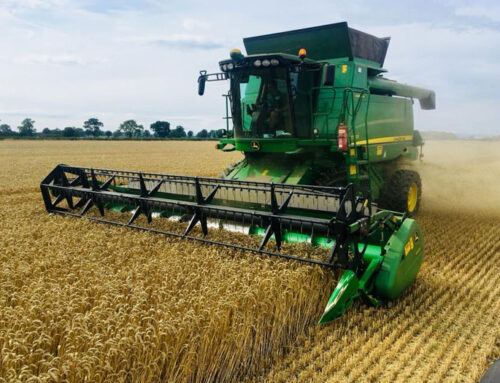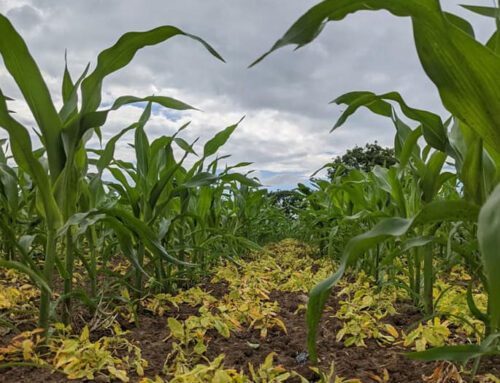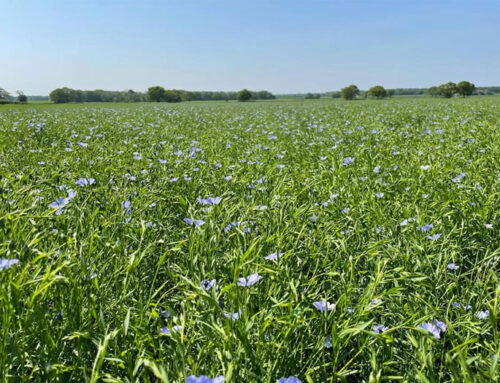It’s been a mixed bag here in North Yorkshire in terms of weather since the start of the new year. Early January saw plenty of rain arrive helping fields reach capacity, rivers rise out their beds with an end result of some localised flooding. Not long though had the retreat started when a cold snap appeared resembling that of its predecessor in December. With night-time temperatures averaging -6 for over a week and daytime conditions rarely peaking above freezing it seemed like a good chance to catch up on things post-Christmas in the cosy warm office! This was welcomed for the land but not the rugby fields. While crops had the chance to shed excess water the concrete-like playing fields were condemned from being played on with another postponed fixture to add to the tally.
Mid-January always marks that time of year for the AICC technical conference and as with the previous 2 years has been delivered via an online format. These can be quite hard to schedule and providing content interesting enough to stop people from drifting off to catch the second half of ‘Bangers and Cash’ can sometimes be a challenge. I however have to applaud all who organised and presented over the 3 days as I feel was one of the best to date, both content and speakers ticked every box, it just means I’ll have to wait to see what the 1971 Ford Capri reached at auction at a later time!
All my OSR crops should now have now received their Kerb (propyzamide) or Astrokerb (propyzamide + aminopyralid) applications and if they haven’t have only a few days left to do so. It has been a long time coming however effects on grass and broad-leaved weeds are now starting to be apparent. Many grassweeds seemed to be shrugging off the treatment however over the last couple of weeks plants are wilting off and even those healthier ones displaying the bulbous base like a spring onion which is a common sign that the end is near. The recent colder temperatures accompanied with a few pigeons have helped thin some of these gargantuan crops out and is preparing them well for when early spring approaches. Disease levels are still low and again has backed up my choice to not apply prophylactic fungicides to many of my OSR crops.
Barley crops in some cases would benefit from being silaged. Mildew crept into some of these crops during late autumn however Jack Frost got his memo from Mother Nature and has done a good job at naturally keeping on top of this sometimes overlooked disease. I will wait until my next article to mention nitrogen my only advice at the moment will be, go on holiday.
Winter wheats are all looking near perfect with even those late sown crops following potatoes or beet bringing a smile. Most crops have tillered well and look full of potential, however for the time being are quite happy to sit and wait for the warmer temperatures to arrive. The cold weather has helped manage disease levels however Septoria is easy to find in most crops and as expected more notable in those lower scoring varieties which still seem to find their way into out cropping plans. The early spring weather always plays a big part in disease levels as this is the catalyst for disease reduction or multiplication.
Soil sampling through our precision mapping service Soil Advisor has gone from strengths to strengths, the hard ground conditions have allowed the buggy to be out and about earlier than previous years and make a good start to this springs campaign.




